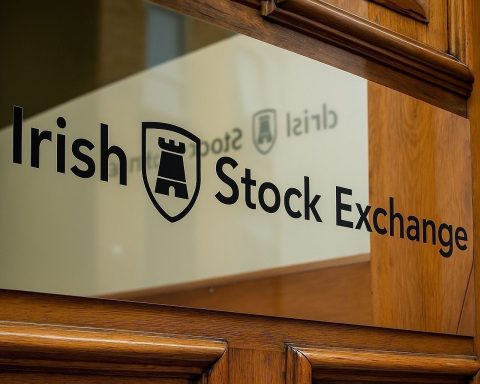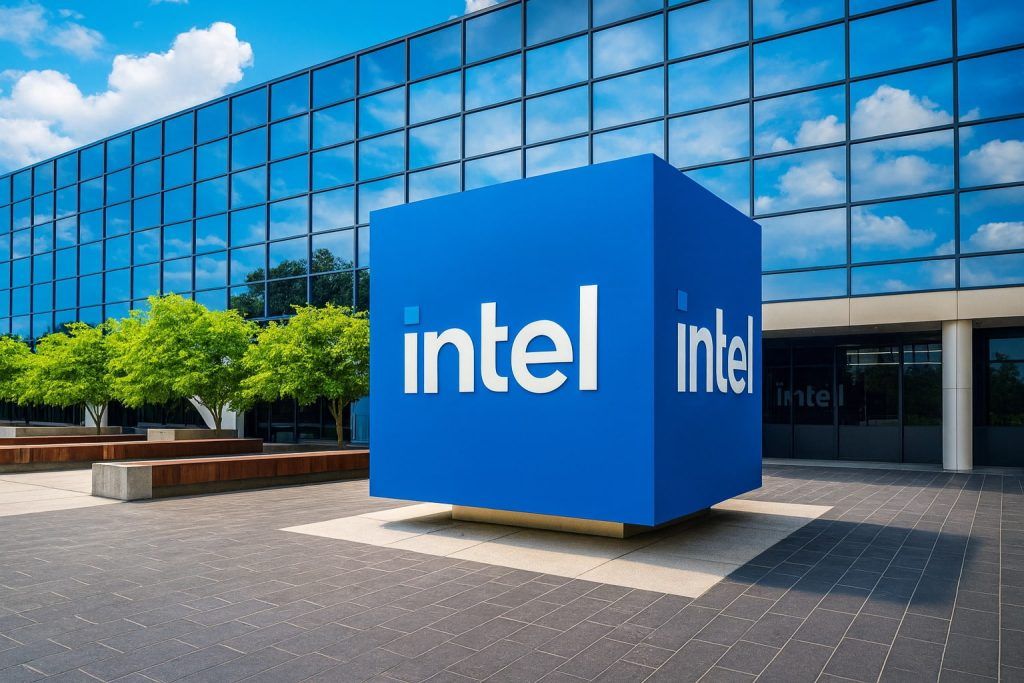Published: November 13, 2025
U.S. equities finished sharply lower on Thursday, November 13, 2025, as a fresh rout in mega‑cap, AI‑linked names collided with fading expectations for a Federal Reserve rate cut in December. The S&P 500 fell about 1.7%, the Dow Jones Industrial Average dropped roughly 800 points (‑1.7%), and the Nasdaq Composite slid 2.3%, marking one of Wall Street’s toughest sessions since April. Anxiety around stretched tech valuations and a “coin‑flip” outlook for a December policy move dominated the tape. [1]
By the numbers (closing levels)
- S&P 500: 6,737.49 (‑1.7%)
- Dow Jones Industrial Average: 47,457.22 (‑1.7%)
- Nasdaq Composite: 22,870.36 (‑2.3%)
- Russell 2000: 2,382.98 (‑2.8%)
Year‑to‑date, all four benchmarks remain positive, led by the Nasdaq. [2]
What drove today’s selloff
AI leaders led declines. Nvidia fell 3.6% while other AI‑theme winners reversed sharply (Super Micro Computer ‑7.4%, Palantir ‑6.5%, Broadcom ‑4.3%). The pullback has intensified debate over whether 2025’s AI melt‑up got ahead of fundamentals. [3]
SoftBank’s exit added to valuation jitters. Earlier this week, SoftBank disclosed it sold its entire $5.8 billion Nvidia stake, a headline that stoked bubble concerns around AI hardware and infrastructure trades. [4]
Rate‑cut hopes faded. Traders marked down the odds of a December Fed cut to roughly ~52% from the low‑60s on Wednesday, after a string of hawkish‑leaning comments from Fed officials and a still‑murky inflation picture. That shift helped lift yields and pressed equity multiples. [5]
Standout movers
- The Walt Disney Co. (DIS):‑7.7% after revenue missed expectations and management warned of a potentially prolonged distribution dispute with YouTube TV. [6]
- Cisco Systems (CSCO):+4.6% after raising full‑year profit and revenue guidance on robust networking demand tied to cloud/AI build‑outs. [7]
- Berkshire Hathaway:+2.1%, one of the few large‑caps to rise as investors rotated toward perceived value and defensiveness. [8]
Rates, the dollar, and oil
Treasuries: The 10‑year yield climbed to ~4.12% (from ~4.08% Wednesday), reinforcing the equity selloff as discount rates moved higher. The 2‑year edged up as well. [9]
U.S. dollar: The greenback slipped modestly against the euro and yen despite the move in yields, reflecting cross‑currents from reopening‑related uncertainty (see below). [10]
Crude oil: After a steep drop on Wednesday, WTI settled near $58.69 and Brent near $63.01, up slightly on the day as traders weighed supply dynamics and sanctions headlines. [11]
The reopening—and the “data fog” hanging over markets
Washington’s 43‑day government shutdown officially ended on Wednesday, November 12, but key economic releases remain delayed—complicating the Fed’s calculus and investor positioning. The White House has indicated October’s unemployment rate may never be published, highlighting gaps policymakers must navigate before the December meeting. [12]
Sector and style takeaways
Nine of eleven S&P sectors finished lower, led by Consumer Discretionary and Information Technology, while defensives held up relatively better. Investors continued a short‑term rotation away from growth toward value as tech leadership wobbled. [13]
What’s next
- Nvidia earnings (Nov. 19): After the AI pullback and SoftBank’s divestment, Nvidia’s report—and guidance for data‑center demand—will be a major sentiment catalyst for both semis and broader risk appetite. [14]
- Economic calendar reset: With federal agencies back online, watch for a revised release schedule for labor‑market and inflation data; officials have been urged to prioritize November figures. [15]
- Fed communications: Markets will parse each speech for hints on whether a December move is still in play as the data vacuum gradually clears. Current market‑implied odds hover near a coin flip. [16]
Bottom line
November 13 brought an abrupt reality check for U.S. stocks: lofty AI valuations met rising discount rates and a murky macro picture. Until the data backlog clears and the Fed’s December path is clearer, expect choppy trading with outsized reactions around AI‑heavy earnings and any incremental macro signals. [17]
This article is for information only and is not investment advice.
References
1. apnews.com, 2. apnews.com, 3. apnews.com, 4. www.reuters.com, 5. www.reuters.com, 6. apnews.com, 7. apnews.com, 8. apnews.com, 9. www.reuters.com, 10. www.reuters.com, 11. www.reuters.com, 12. www.reuters.com, 13. www.reuters.com, 14. investor.nvidia.com, 15. www.reuters.com, 16. www.reuters.com, 17. apnews.com










